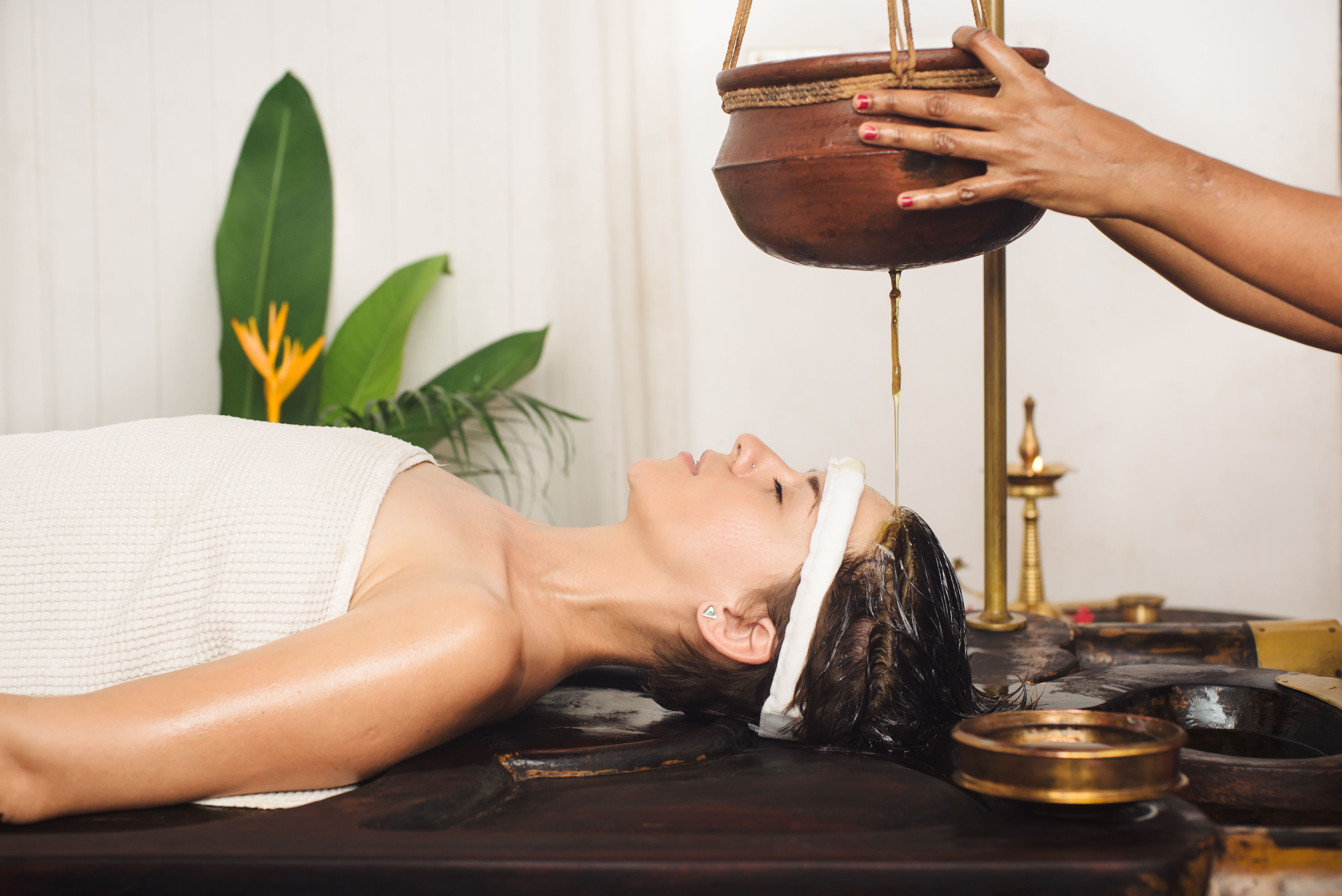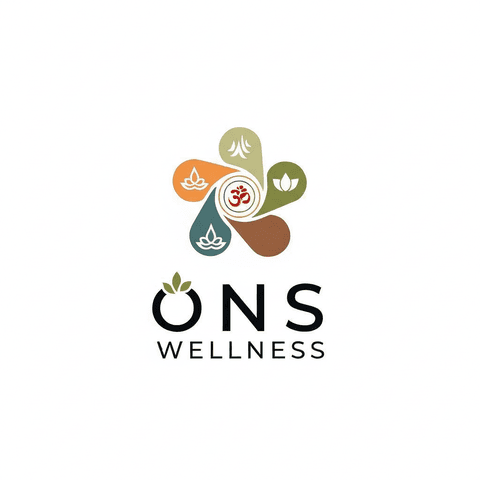Understanding Ayurveda Panchakarma: A Path to Holistic Healing
What is Ayurveda Panchakarma?
Ayurveda Panchakarma is a cornerstone of Ayurvedic medicine, offering a holistic approach to cleansing and rejuvenating the body. Derived from the Sanskrit words "Pancha," meaning five, and "Karma," meaning actions, Panchakarma encompasses five distinct therapies designed to detoxify, purify, and balance the body's doshas—Vata, Pitta, and Kapha.
These therapies are not just physical treatments; they address the mind and spirit as well. By removing toxins and restoring natural balance, Panchakarma aims to improve overall well-being and promote longevity. It's a personalized treatment that considers an individual’s unique constitution and health conditions.

The Five Procedures of Panchakarma
The five main procedures of Panchakarma are Vamana (therapeutic vomiting), Virechana (purgation), Basti (medicated enema), Nasya (nasal administration), and Raktamokshana (blood purification). Each therapy targets specific health issues and is chosen based on the individual's needs.
Vamana: Therapeutic Vomiting
Vamana is a controlled process of induced vomiting that helps to eliminate toxins from the body. It is particularly beneficial for Kapha-related disorders such as asthma, cough, and obesity. This procedure is typically preceded by pre-treatment therapies to prepare the body.

Virechana: Purgation Therapy
Virechana involves the use of herbal laxatives to cleanse the intestines. This therapy is effective in treating Pitta-related diseases like skin disorders, acidity, and inflammation. By purging the digestive system, it helps restore equilibrium within the body.
Basti: Medicated Enema
Basti is considered one of the most important therapies in Panchakarma. It involves administering medicated oils or decoctions into the colon. This therapy is highly effective in balancing Vata dosha and can address issues such as arthritis, constipation, and neurological disorders.

Nasya: Nasal Administration
Nasya involves the administration of herbal oils or powders through the nostrils. This therapy helps in clearing sinus congestion and improving respiratory functions. It is also beneficial for mental clarity and treating conditions like migraines and anxiety.
Raktamokshana: Blood Purification
Raktamokshana is a blood purification process used to treat diseases caused by blood impurities. This therapy can involve various techniques such as leech therapy or venesection. It is particularly useful for skin disorders, hypertension, and other blood-related issues.

The Benefits of Panchakarma
Panchakarma offers numerous benefits that extend beyond mere detoxification. By removing deep-seated toxins, it enhances immune function, improves digestion, and increases mental clarity. Many people report feeling rejuvenated and energized after undergoing Panchakarma treatments.
Moreover, these therapies promote emotional well-being by reducing stress and anxiety levels. As a result, individuals often experience a greater sense of peace and contentment in their daily lives. The holistic nature of Panchakarma means it addresses both physical ailments and emotional imbalances.
Conclusion: A Path to Holistic Health
Understanding Ayurveda Panchakarma provides insight into a comprehensive approach to health and wellness. By integrating these ancient practices into modern life, individuals can achieve a more balanced state of being. Whether you seek relief from chronic conditions or simply desire a healthier lifestyle, Panchakarma offers a path to holistic healing.
